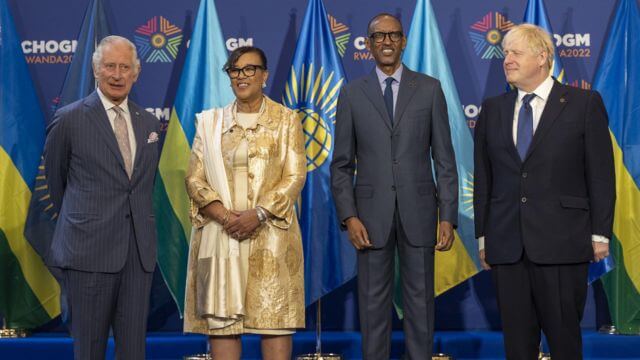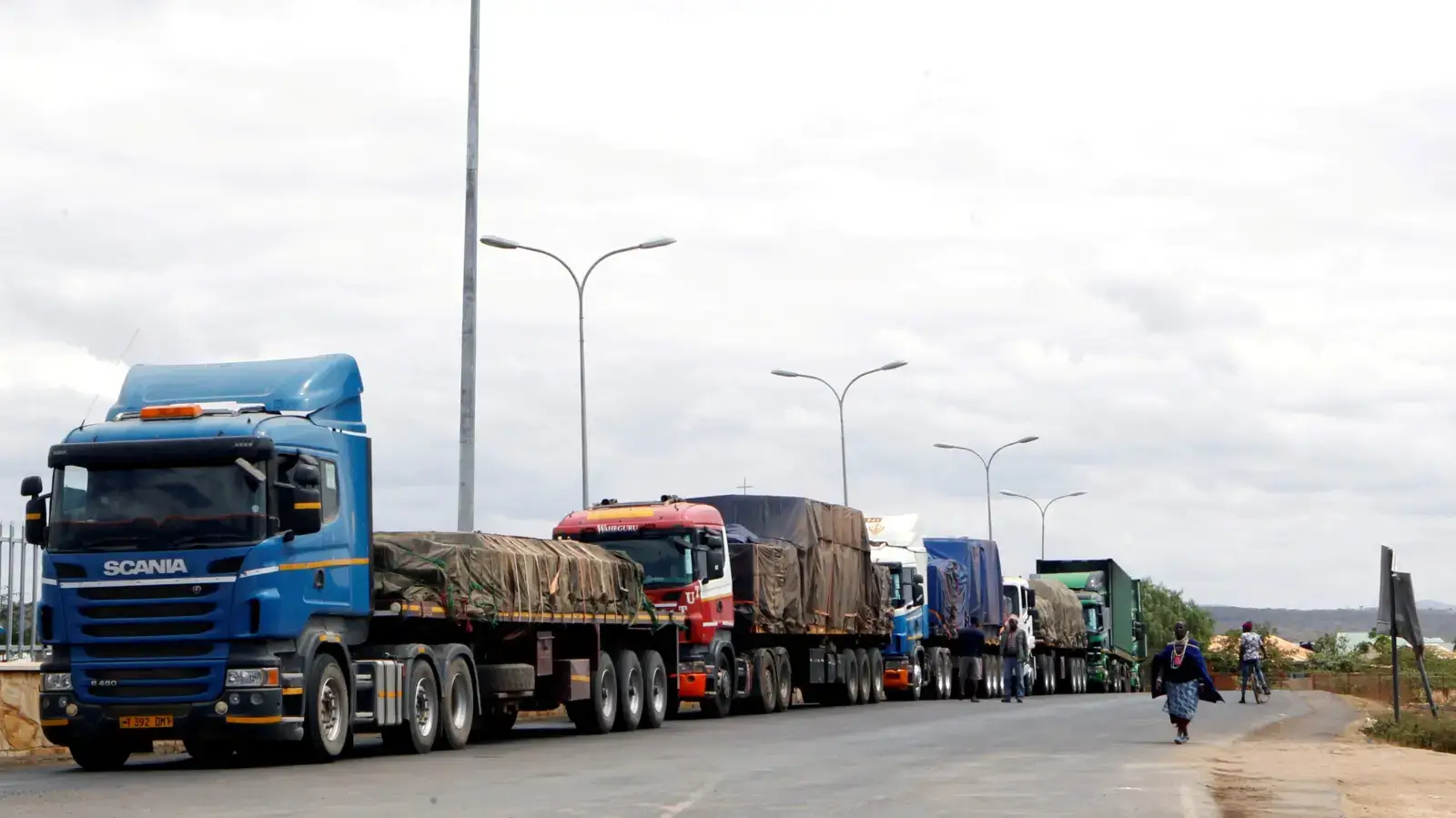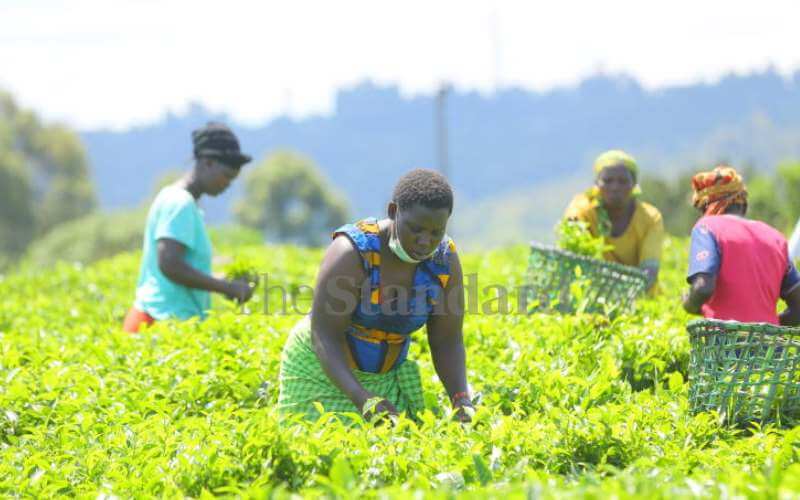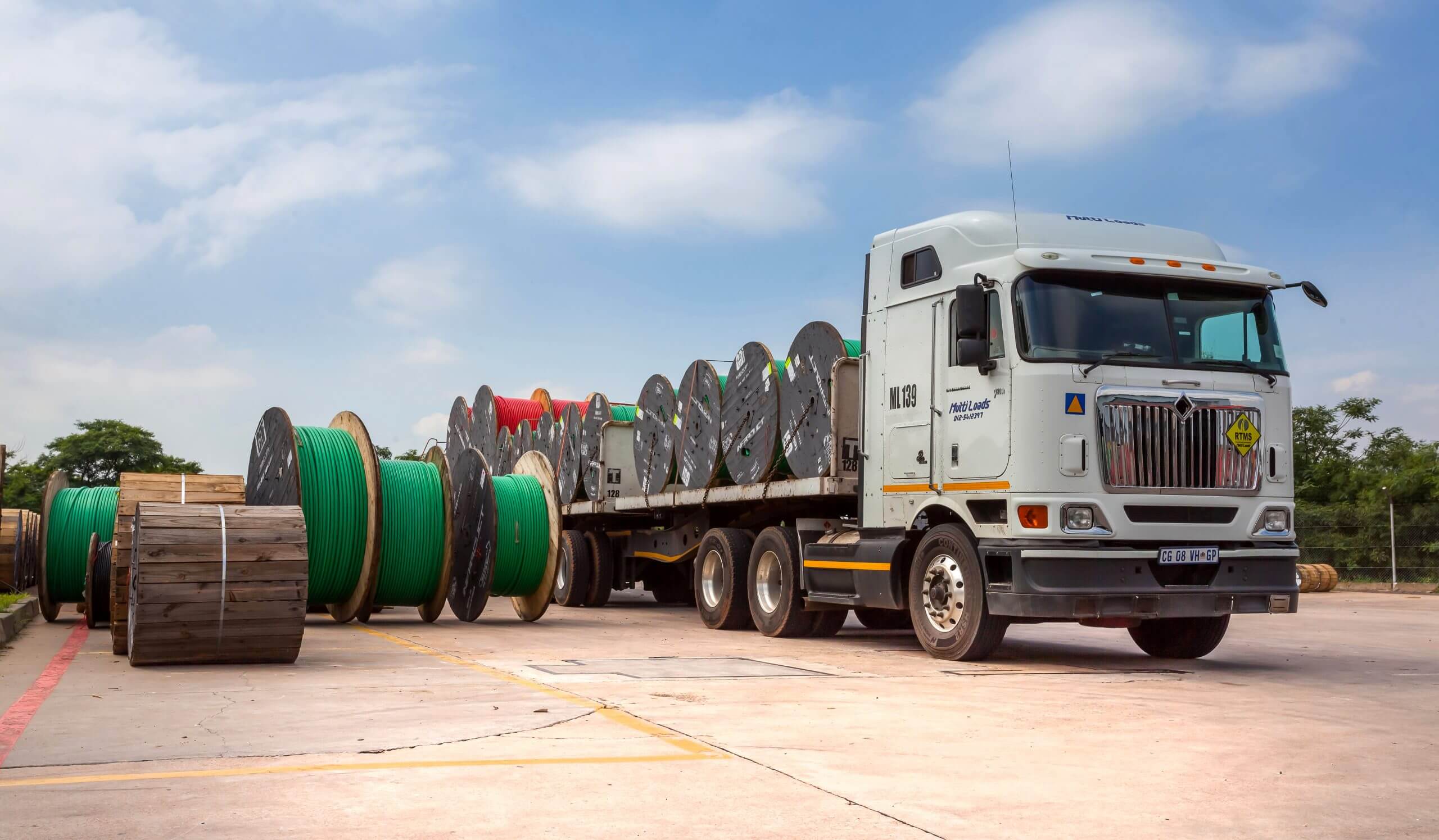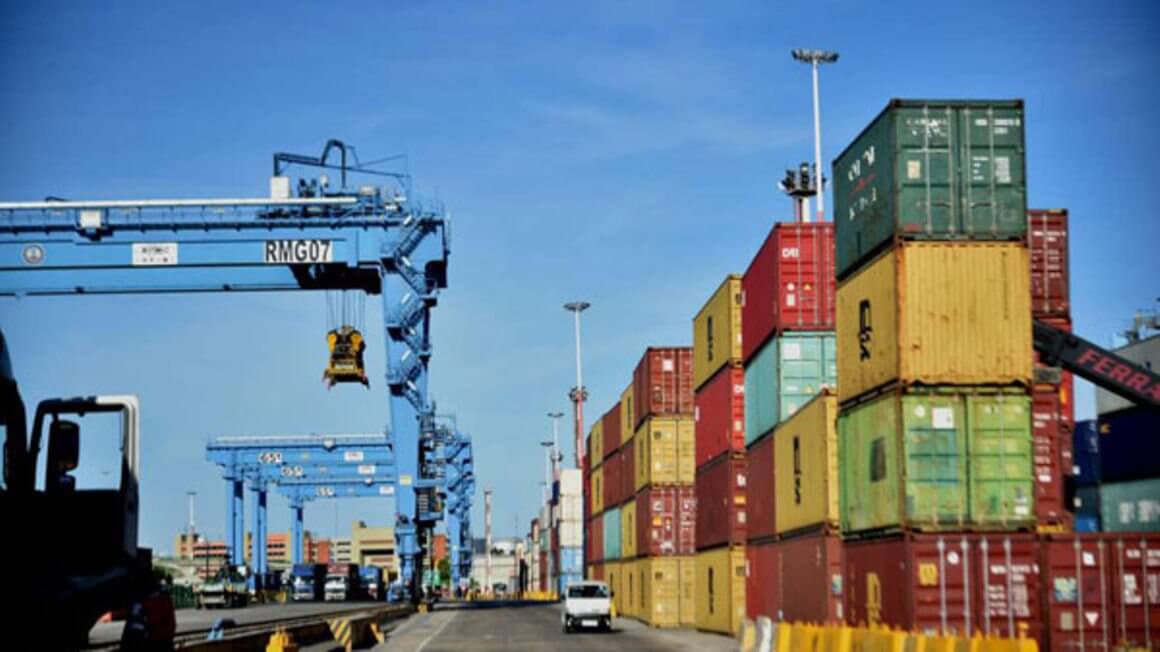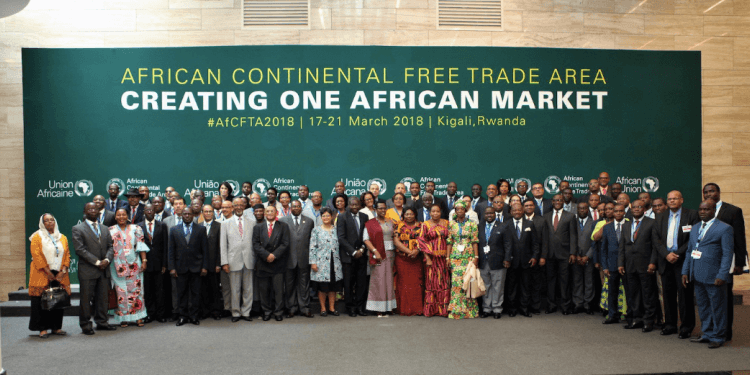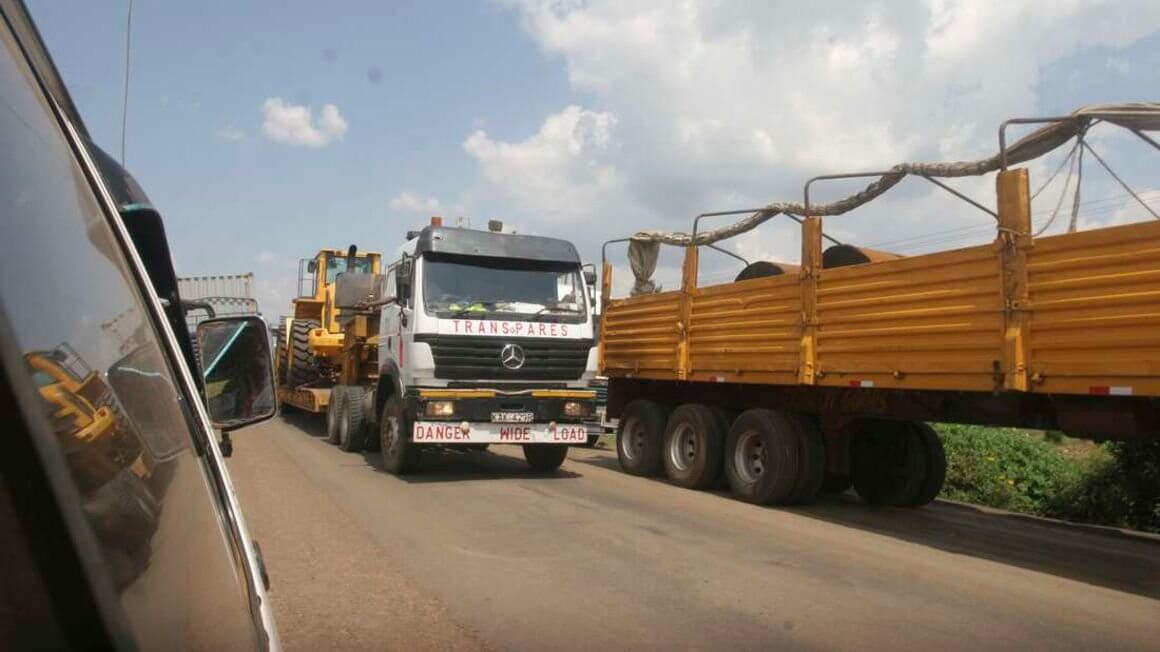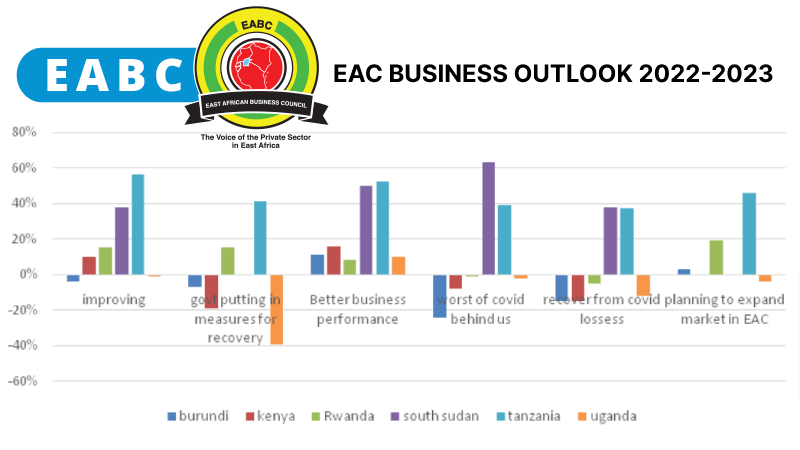Trade between Commonwealth member states has been growing exponentially, with intra-commonwealth trade expected to surpass $700B in 2022 .The Commonwealth has been a part of the development of AfCFTA since inception, and has remained steadfast in its commitment to work with African countries, in strengthening and deepening their national and institutional capacity, together with developing trade policies over the years. How can member states leverage their commonwealth connections to collaborate and drive sustainable economic growth in Africa? The combined GDP of Commonwealth countries, with a total population of over 2.4B, is now around US$13 trillion Intra-Commonwealth trade expected to surpass $700 billion in 2022 AfCFTA facilitates better access to trade across the continent for all Commonwealth citizens in member states The 2022 Commonwealth Heads of Government Meeting (CHOGM) took place in Kigali, hosted by the President of the Republic of Rwanda, Paul Kagame in late June. Prince Charles, Commonwealth Secretary-General Patricia Scotland, and former UK Prime Minister Boris Johnson were among the dignitaries who attended the meeting. In his remarks, President Kagame noted that the Commonwealth’s objective is to drive inclusive growth and a common future, such that no nation, particularly the small developing countries, is left behind. Baroness Scotland highlighted that her ambition was to facilitate trade within countries. “At the heart of our mission is trade, the lifeblood of economic activity and the arteries of the economic relationships between our Commonwealth member countries. This is the true Commonwealth advantage.” In light of this, she officially launched the Commonwealth Digital Trade...
The ‘Commonwealth Advantage’ in propelling AfCFTA success
Posted on: August 8, 2022
Posted on: August 8, 2022

